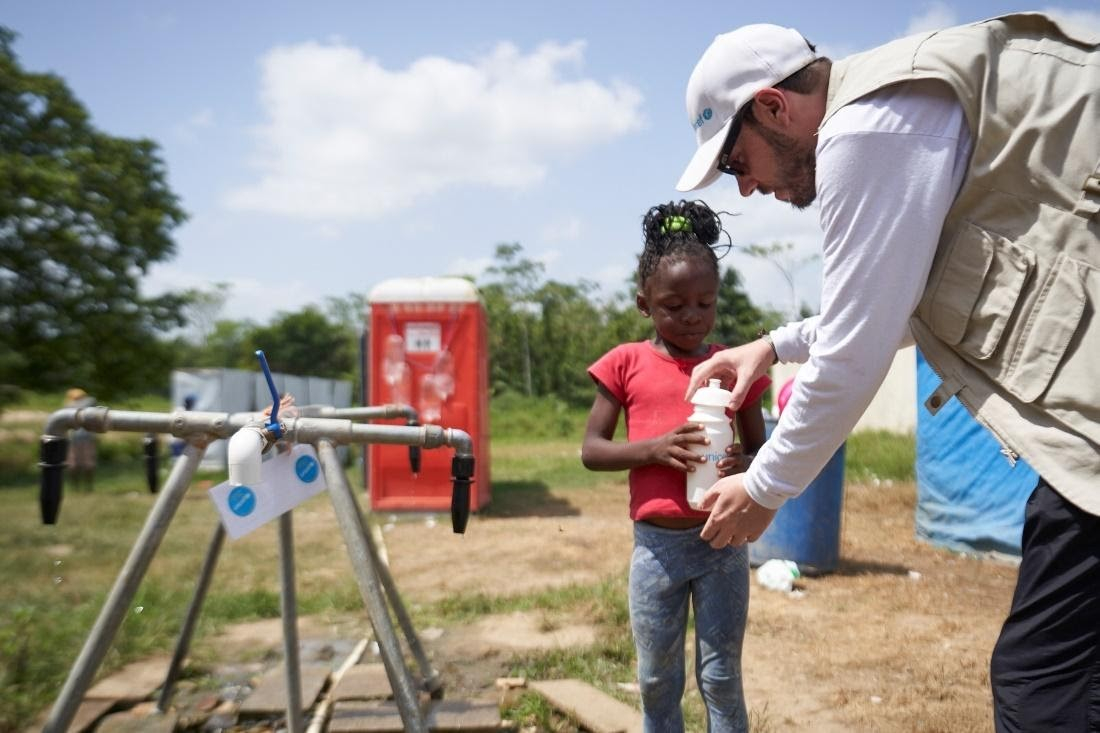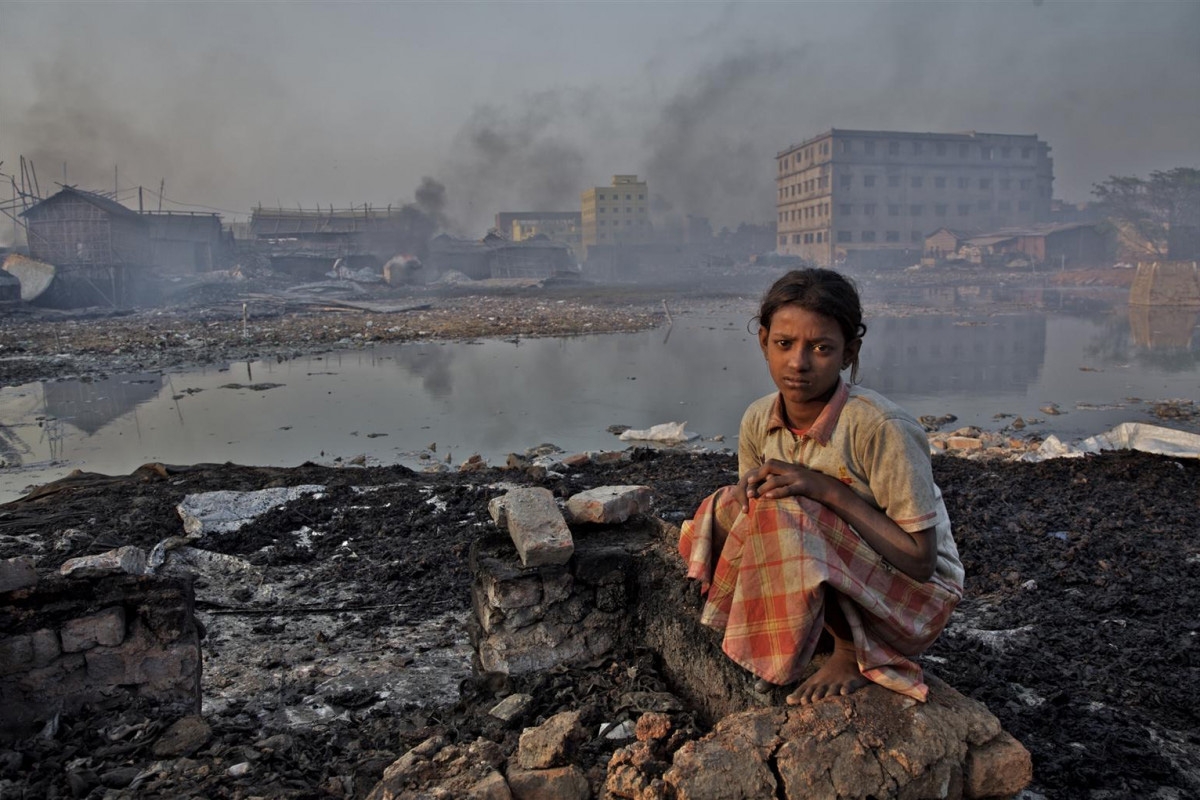
UNICEF's Programmes Worldwide - Environment and Climate Change
Globally, natural disasters are occurring almost five times as frequently as 40 years ago. The increase in frequency and ferocity of extreme weather events such as cyclones, heatwaves, droughts and floods will continue to threaten children's lives and health over the coming decades.
Severe weather events can destroy or disrupt infrastructure critical to children's well-being, including schools and health facilities. Floods compromise the water and sanitation system, leading to outbreak of infectious diseases such as cholera and diarrhoea, to which children are particularly vulnerable. Droughts and changing global rainfall patterns are leading to crop failures and rising food prices, which for the poor mean food insecurity and nutritional deprivations that can have lifelong impacts.
Climate change makes existing inequities even worse. Children and families already disadvantaged by poverty are likely to face some of the most immediate dangers of climate change.
CHALLENGES
WATER CRISIS
- Nearly 160 million children are currently living in areas of high or extremely high drought severity, most of whom live in Africa and Asia.
- Over half a billion children live in extremely high flood occurrence zones, the vast majority of them live in Asia.
- Already today, 663 million people do not have access to safe water. And by 2040, 1 in 4 children — 600 million children — will live in areas of extremely high water stress.
HEATWAVES
- Infants and small children are more likely to die or suffer from heatstroke because they are less able to regulate their body temperature.
- Heat stress poses a serious challenge to cold chain management, as microbes multiply faster under higher temperatures. The heat can also cause the vaccine to lose its ability in protecting children against deadly disease.
AIR POLLUTION
- Young children breathe at twice the rate of adults. In polluted environments, their risk of respiratory infections, such as pneumonia, is far higher than for adults.
- Around 300 million children live in areas where the air is toxic. In 2016, 543,000 children under the age of five died from diseases caused by the effects of indoor and outdoor air pollution.
INFECTIOUS DISEASES
- Children are more likely to succumb to vector- and water-borne diseases such as malaria, dengue fever and cholera, which are increasing in prevalence with climate change and inadequate water, sanitation and hygiene practices.
- In 2018, malaria led to 405,000 deaths, of which more than two-thirds are children under the age of five.
- Children with diarrhoeal diseases are more susceptible to undernutrition. Every day, more than 800 children under the age of five die from diarrhoeal diseases.
SOLUTIONS
UNICEF's actions are structured around the following approaches:
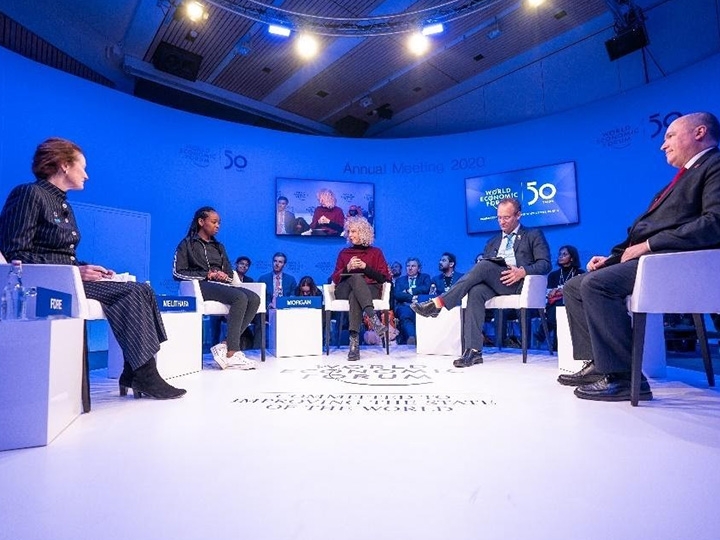 © UNICEF/GOVERNMENT
© UNICEF/GOVERNMENTUNICEF supports government initiatives on developing and strengthening climate-smart water, sanitation and hygiene services, sustainable energy and disaster dsk response in schools and health centres. This not only improve children's resilience to future climate and environmental shocks, but also helps prevent greater inequality as a result of climate change.
Children deserve to live in a world free from the life-threatening effects of climate change.
Protecting the future of children and keeping them safe at the moment can go hand in-hand. From life-saving medicines to clean drinking water, you can make actionable and measurable results for children. Please make a donation today to safeguard the poorest and most vulnerable ones.
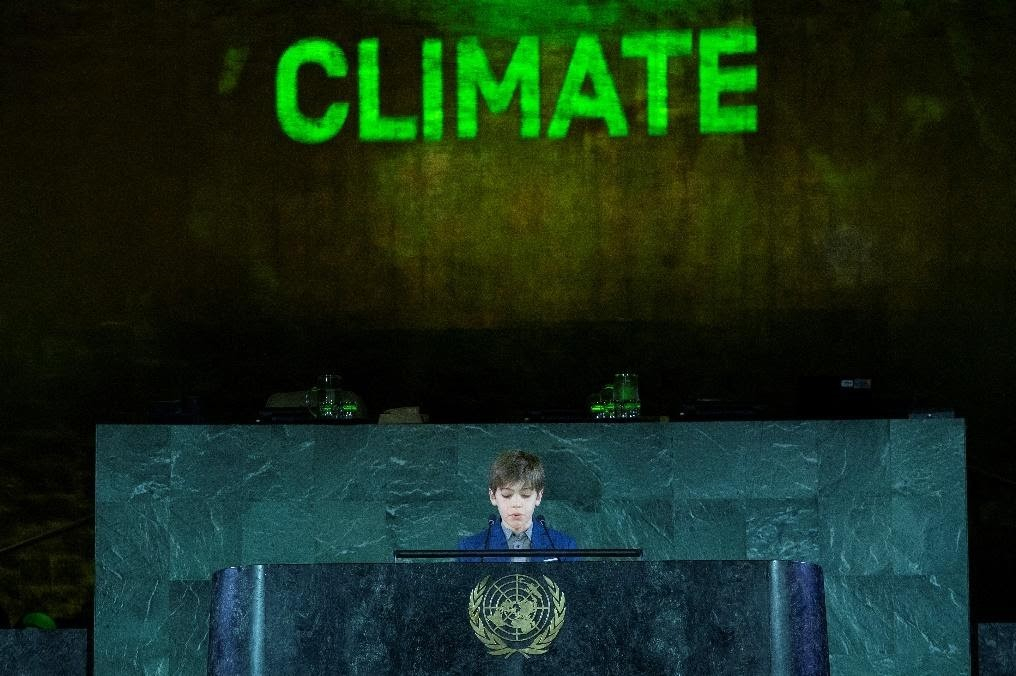
2. Making children the centre of climate change
strategies and response plans
UNICEF works with governments to examine current climate policies and disaster response plans to ascertain how child-sensitive they are and provide recommendations on how to strengthen the focus on children’s rights.
UNICEF works with young people to elevate their voices through creative platforms, advocacy and participation at major United Nations summits.
Children are encouraged to become advocates through promoting environmentally sustainable lifestyles and setting an example for their communities.
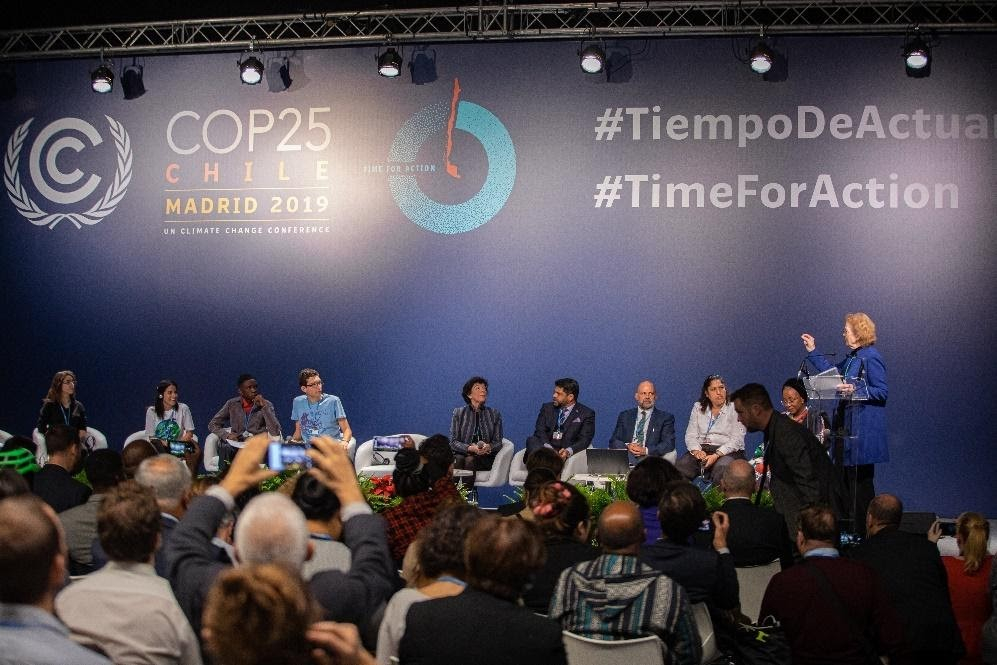
3. Reducing emissions and pollution
UNICEF calls for ambitious commitments and actions from governments and businesses to reduce global emissions and pollution.
UNICEF reduces its own environmental footprint and promote low-carbon approaches in its programmes.
The right to live in a clean, safe and sustainable environment for every child.










